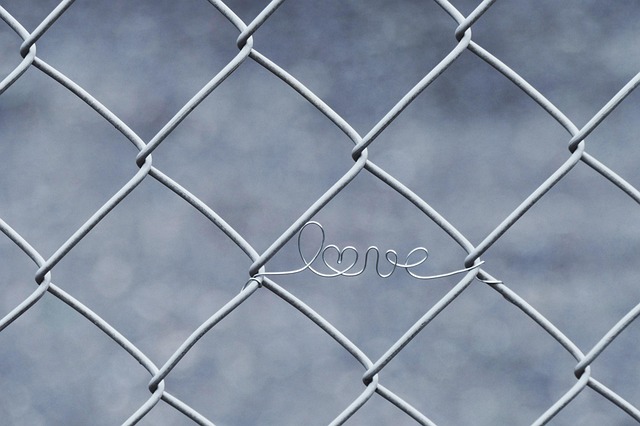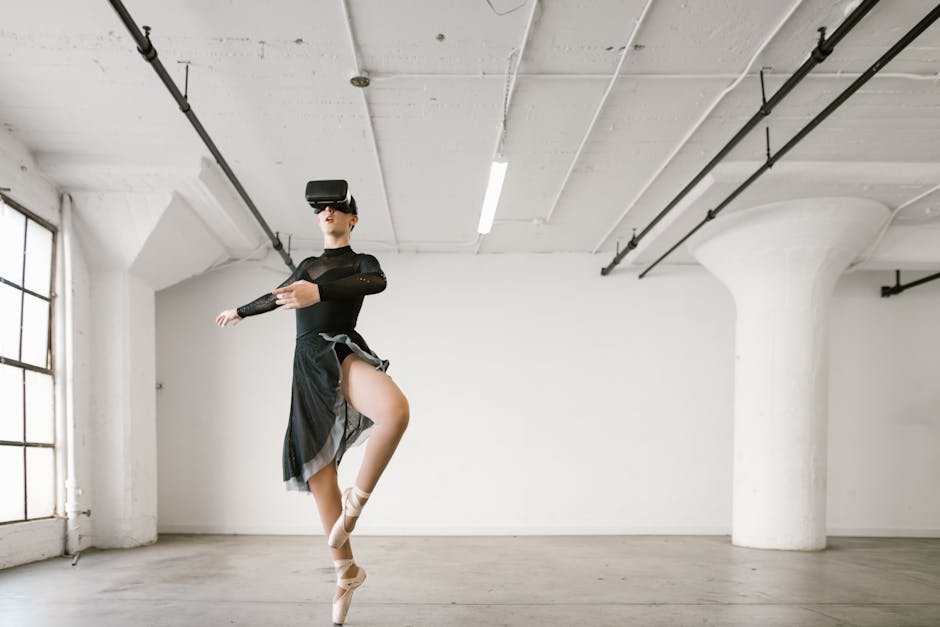Virtual reality (VR) is revolutionizing the way we experience digital art, pushing creative boundaries like never before. When I first donned a VR headset, I was amazed at how immersive and interactive the digital landscapes were. Artists can now create entire worlds that viewers can explore, making the art experience more engaging and personal.
The fusion of VR and digital art isn’t just a fleeting trend; it’s a groundbreaking shift in how art is created and consumed. As I delve deeper into this fascinating intersection, I find that artists are not only using VR to enhance visual experiences but also to challenge traditional notions of space, form, and interaction. This new medium offers endless possibilities, and I’m excited to explore how it’s reshaping the art world.
Evolution of Digital Art
Digital art has gone through significant changes over the years, adapting and evolving with technological advancements.
From Traditional to Digital
- Foundational Techniques: Traditional art forms like painting, sculpture, and drawing have provided the foundational techniques and aesthetic principles for digital artists.
- Transition to Digital: As technology progressed, artists transitioned to using digital tools, enabling more complex and precise creations.
- Digital Tools: Canvas and brushes gave way to graphics tablets and digital software.
- Popular Software: For example, Photoshop and Corel Painter became staples in the digital artist’s toolkit.
- Expanded Possibilities: This shift didn’t replace traditional methods but expanded the realm of artistic possibilities by incorporating new techniques and mediums.
The Role of Technology in Artistic Evolution
- Technological Progression: Technology has been pivotal in the progression of digital art.
- High-Resolution Displays: Advanced rendering software allows artists to create hyper-realistic images and immersive environments.
- Innovative Hardware: Innovations like VR headsets and motion capture technology enable artists to interact with their creations in previously unimaginable ways.
- Interactive Art: Platforms like Unity and Unreal Engine offer powerful tools for creating interactive art experiences.
- Core of Evolution: As digital art continues to evolve, technology remains at its core, driving new forms of artistic expression and audience engagement.
Introduction to Virtual A Reality in Digital Art

Virtual reality (VR) in digital art revolutionizes how artists create and audiences experience art. By offering immersive, interactive environments, VR challenges traditional artistic principles.
What Is Virtual Reality?
Virtual reality provides a simulated experience that can be similar to or completely different from the real world. It uses technology like VR headsets and software platforms to create these environments. Notably, VR allows users to interact with 3D models and virtual spaces, enhancing physical experience through sensory feedback like visual, auditory, and sometimes haptic stimuli.
How VR Is Being Used in Digital Art
VR in digital art transforms the creation and consumption of art. Artists can build fully immersive worlds, enabling viewers to step inside their work. This immersive experience is possible due to software like Tilt Brush, which lets artists draw in 3D space. Additionally, VR platforms like Unity and Unreal Engine empower artists to incorporate interactive elements into their art, permitting real-time audience interaction.
Performance art sees significant innovation with VR. Virtual galleries allow global audiences to experience exhibitions without geographical constraints. Moreover, collaborations across borders become seamless, fostering a global, interconnected art community.
Pushing Artistic Boundaries With VR
Virtual reality (VR) revolutionizes digital art by providing new dimensions and experiences. Artists use VR to transcend traditional limitations and explore uncharted creative territories.
Expanding Creative Possibilities
Artists employ VR tools to create art that defies physical constraints. For example, Tilt Brush lets artists paint in three-dimensional space, offering unprecedented depth and perspective. This tool makes it possible to visualize concepts that were previously infeasible, enriching artistic innovation.
With platforms like Unity and Unreal Engine, interactive elements become integral to the artwork. Creating dynamic environments where elements respond to viewer actions, artists have the capability to craft truly interactive pieces. This expands not only the medium but also the methods through which art can be engaged.
Immersive Art Experiences
VR enables deeply immersive art experiences that engage viewers on multiple sensory levels. For instance, VR headsets allow users to explore virtual galleries, offering a sense of presence and movement through the art. This immersion fosters a stronger emotional connection to the work, making the experience more impactful.
Beyond static displays, VR art installations often incorporate sound, touch, and even motion. Artists can create multi-sensory environments that provide a holistic engagement with their work. These experiences are not only more memorable but also offer a richer narrative, engaging the audience in new and compelling ways.
Case Studies of VR in Digital Art
Virtual reality in digital art has led to notable innovations, pushing creative boundaries and engaging audiences in unique ways. Let’s delve into specific case studies to see the impact.
Famous VR Art Installations and Their Impact
Artists have showcased groundbreaking VR installations worldwide, captivating audiences and critics. “Tree” by New Reality Co. allows viewers to experience life from a seedling to a fully-grown tree, fostering environmental awareness through immersion. This installation has garnered acclaim for its educational impact, highlighting deforestation’s urgency.
“Björk Digital” includes VR music videos from artist Björk. Each video offers an interactive, 360-degree experience, enhancing listeners’ connection to the music. Premiering in major cities, “Björk Digital” demonstrates how VR can transform traditional music consumption. It’s received praise for its innovation and emotional depth.
Artists Leading the VR Art Revolution
Several artists spearhead the VR art movement, leveraging technology to expand artistic horizons. Laurie Anderson, a pioneer in performance art, uses VR to explore themes of memory and identity. Her project, “Chalkroom”, immerses users in a labyrinth of chalk-drawn narratives, earning accolades for its storytelling depth.
Marjan Moghaddam integrates fine arts with tech in her “AR/VR Art” series. Her digital sculptures and augmented reality interventions blend physical and virtual spaces, shifting the viewer’s perception of reality.
These VR installations and artists not only innovate but also enrich the digital art landscape, illustrating VR’s transformative role in modern art practices.
Challenges and Opportunities
Virtual reality in digital art presents a mix of challenges and opportunities that shape the future of creative expression.
1. Technical Challenges in VR Art
VR art encounters significant technical challenges. High hardware costs limit accessibility; VR headsets like Oculus Rift and HTC Vive can exceed $500, making them out of reach for many artists. Another challenge lies in creating seamless and interactive experiences, which demand proficiency in software like Unity and Unreal Engine. Hardware limitations also impact user experiences; for instance, high frame rates are crucial to prevent motion sickness, yet achieving this requires powerful GPUs that aren’t universally available.
2. Future Trends in VR and Digital Art
VR and digital art show promising future trends. AI integration is enhancing VR art creation, with tools like Artomatix streamlining texture creation. Multi-sensory experiences are also on the rise, combining haptics and VR to engage additional senses, such as touch. Cloud computing solutions are making VR art more accessible, providing artists with remote access to powerful hardware for rendering and development purposes. Art installations in virtual spaces are gaining popularity; platforms like VRChat and AltspaceVR host immersive galleries, allowing global audiences to explore digital art from anywhere.
Conclusion
Virtual reality is undeniably revolutionizing the digital art landscape. By breaking traditional boundaries and offering new dimensions of interactivity and immersion, VR is pushing the limits of creativity. Artists are not just creating art; they’re crafting experiences that resonate on a deeper level. The future of digital art in VR is bright, with advancements like AI and multi-sensory experiences on the horizon. As these technologies become more accessible, I believe we’ll see even more groundbreaking works that challenge our perceptions and redefine what art can be.

 Jasmine Wellish is a key contributor at Info Wave Circle, known for her insightful articles and creative approach to technology and societal issues. With a deep passion for innovation and a knack for storytelling, Jasmine plays a crucial role in communicating the vision and achievements of Info Wave Circle to a broader audience.
Since joining the team, Jasmine has been instrumental in crafting compelling content that highlights the transformative potential of technology. Her work not only informs but also inspires the Info Wave Circle community and beyond. Jasmine’s dedication to exploring new ideas and her ability to convey complex concepts in an engaging manner make her an invaluable asset to the organization’s mission of fostering innovation and societal progress.
Jasmine Wellish is a key contributor at Info Wave Circle, known for her insightful articles and creative approach to technology and societal issues. With a deep passion for innovation and a knack for storytelling, Jasmine plays a crucial role in communicating the vision and achievements of Info Wave Circle to a broader audience.
Since joining the team, Jasmine has been instrumental in crafting compelling content that highlights the transformative potential of technology. Her work not only informs but also inspires the Info Wave Circle community and beyond. Jasmine’s dedication to exploring new ideas and her ability to convey complex concepts in an engaging manner make her an invaluable asset to the organization’s mission of fostering innovation and societal progress.
